Class 6 Exam > Class 6 Notes > Social Studies for Class 6 > NCERT Summary: Timeline and Sources of History
NCERT Summary: Timeline and Sources of History | Social Studies for Class 6 PDF Download
| Table of contents |

|
| How Do We Learn About the Past? |

|
| How Is Time Measured in History? |

|
| What Are the Sources of History? |

|
| The Beginnings of Human History |

|
| The First Crops |

|
How Do We Learn About the Past?
Many people study Earth’s history. Some are trained to uncover secrets hidden beneath the Earth’s surface, helping us learn about the past—both of the planet and ourselves.
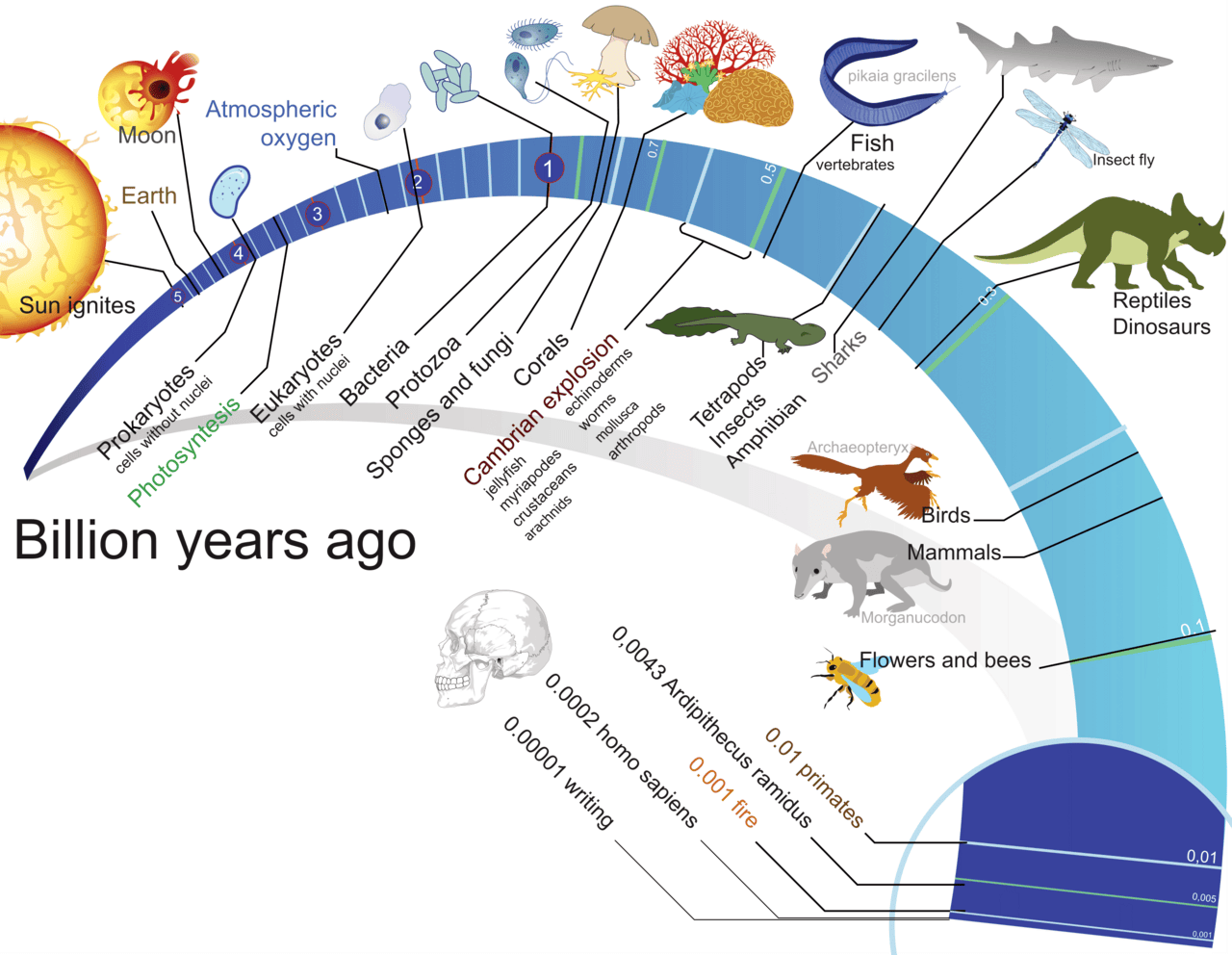
- Geologists study the Earth’s physical features, such as soil, stones, hills, mountains, rivers, seas, and oceans.
- Palaeontologists study fossils—the remains of plants, animals, and humans from millions of years ago.
- Anthropologists study human societies and cultures from the earliest times to the present.
- Archaeologists learn about the past by digging up items left behind, such as tools, pots, beads, figurines, toys, bones, burnt grains, and parts of houses or bricks.
These experts help us understand how the Earth and human life have changed over time.
How Is Time Measured in History?
Various societies use different methods to measure time.

- Important events, like the births of key figures or rulers’ reigns, mark new eras.
- The Gregorian calendar is widely used globally, alongside Hindu, Muslim, Jewish, and Chinese calendars etc.
- The calendar counts years from the assumed birth of Jesus Christ:
- Years after this date: Common Era (CE), formerly AD.
- Years before this date: Before Common Era (BCE), formerly BC.
- Example: India’s independence year, 1947, can be written as 1947 CE or 1947 AD.
- Gautama Buddha’s birth is approximately 560 BCE.
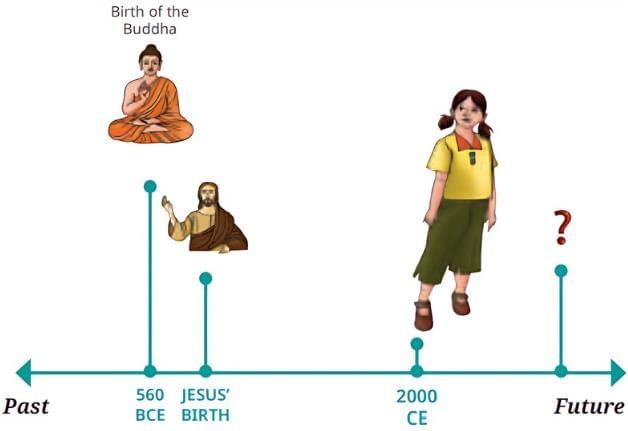
- A timeline visually represents the order and dates of historical events, helping to understand their sequence without always needing exact dates.
Question for NCERT Summary: Timeline and Sources of HistoryTry yourself: What does BCE stand for?View Solution
What Are the Sources of History?
Every object or structure tells a story, acting like a piece in a jigsaw puzzle.
- Objects around us, such as those in our homes, reveal parts of our family history.
- Similarly, historical events are reconstructed using a variety of sources, though some pieces may always be missing.
- Historians gather information from many sources when studying past events like a king’s reign, battles, or trade.
- Sometimes sources agree and confirm each other; other times they contradict, requiring historians to decide which to trust.
- Many specialists contribute to understanding history:
-Historians
-Archaeologists (study ancient remains)
-Epigraphists (study inscriptions)
-Anthropologists (study societies and cultures)
- Experts in literature and languages
- Scientific studies increasingly aid history by analysing ancient climates, chemicals in artefacts, and the genetics of ancient people.
- For recent history (last 2-3 centuries), newspapers and electronic media (TV, internet) are important sources.
The Beginnings of Human History
Modern humans (Homo sapiens) have existed for about 300,000 years, a very short time compared to Earth’s total history.
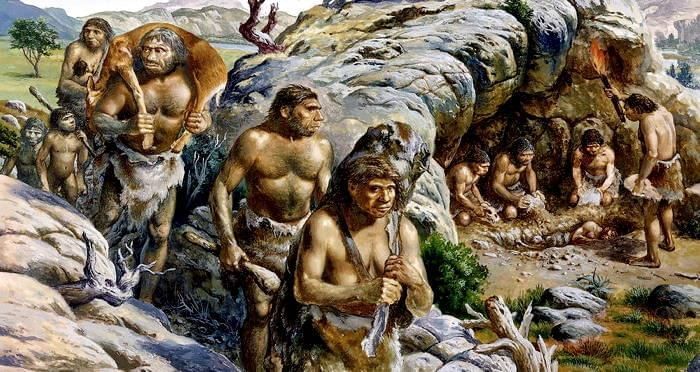
- Early humans faced many challenges and lived in small groups called bands, helping one another.
- They were primarily hunters and gatherers, relying on hunting animals and collecting edible plants and fruits for survival.
- Early humans had beliefs about natural elements and possibly an idea of life after death.
- They lived in temporary shelters like camps, rock shelters, and caves, and communicated using languages that are now lost.
- Early humans harnessed fire and made tools such as improved stone axes, blades, and arrowheads.
- Cave paintings created by early humans depict simple figures and detailed scenes of animals and humans.
- They also made simple ornaments like stone or shell beads and pendants made from animal teeth, which were sometimes exchanged with other groups.
The First Crops
Over long periods, Earth’s climate has changed many times, including very cold phases known as Ice Ages.
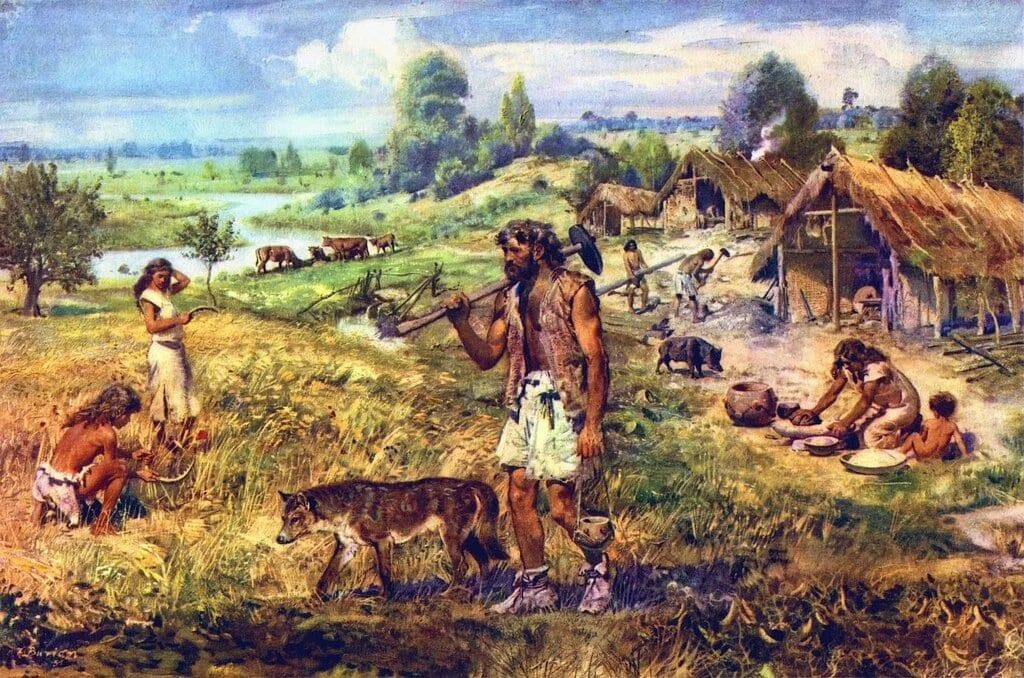
- The last Ice Age lasted from over 100,000 years ago to around 12,000 years ago.
- When the climate warmed, ice melted, swelling rivers and filling oceans.
- With improved conditions, humans began settling in many parts of the world.
- These communities started cultivating cereals and grains and domesticating animals like cattle and goats.
- More food availability led to population growth and settlements near rivers, where soil was fertile and water accessible—making farming easier.
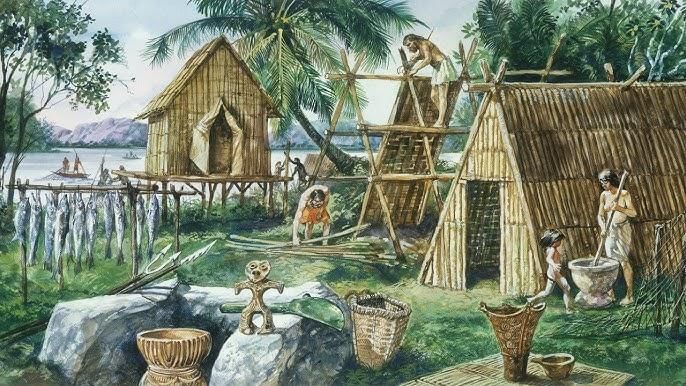
- As communities grew, their social structure became more complex.
- Leaders called chieftains were responsible for the welfare of the people.
- Land was collectively used; there was no individual ownership.
- Hamlets expanded into villages where goods like food, clothing, and tools were exchanged.
- Communication and exchange networks developed, leading to small towns.
- New technologies appeared, such as pottery and the use of metals (copper first, then iron), which helped make durable tools, everyday objects, and ornaments.
- This stage set the foundation for the rise of civilisation, which will be discussed in later chapters.
- Early humans faced many challenges, and at critical times, humanity nearly disappeared.
- The survival and progress of humans owe much to their courage and persistence.
Question for NCERT Summary: Timeline and Sources of HistoryTry yourself:Why did early humans start living near rivers?View Solution
The document NCERT Summary: Timeline and Sources of History | Social Studies for Class 6 is a part of the Class 6 Course Social Studies for Class 6.
All you need of Class 6 at this link: Class 6
|
46 videos|241 docs|28 tests
|
FAQs on NCERT Summary: Timeline and Sources of History - Social Studies for Class 6
| 1. How do historians learn about the past? |  |
Ans. Historians learn about the past by examining various sources of information. These sources include written documents, artifacts, oral traditions, and other materials that provide insights into historical events and lifestyles. They analyze these sources critically to construct narratives and understand the context of past societies.
| 2. What methods are used to measure time in history? |  |
Ans. Time in history is measured using various methods, including timelines that illustrate chronological sequences of events. Historians may also use calendars, dating techniques like carbon dating for ancient artifacts, and historical records to establish when events occurred. This helps in organizing history into periods such as ancient, medieval, and modern.
| 3. What are the different sources of history? |  |
Ans. The sources of history are categorized into primary and secondary sources. Primary sources include original documents like letters, diaries, official records, and artifacts from the time being studied. Secondary sources are interpretations and analyses created by historians based on primary sources, such as history books and articles.
| 4. What marked the beginnings of human history? |  |
Ans. The beginnings of human history are generally marked by the advent of writing, which allowed for the recording of events, cultures, and ideas. This transition from prehistory, characterized by oral traditions and archaeological evidence, to recorded history enabled a more detailed understanding of human societies and their developments.
| 5. How did the first crops influence social changes and technologies? |  |
Ans. The cultivation of the first crops led to significant social changes, including the development of settled communities and the rise of agriculture-based societies. This shift allowed for population growth and the establishment of trade. Technologically, it spurred innovations such as irrigation systems, tools for farming, and eventually, the creation of surplus food, which facilitated the rise of complex societies.
Related Searches















